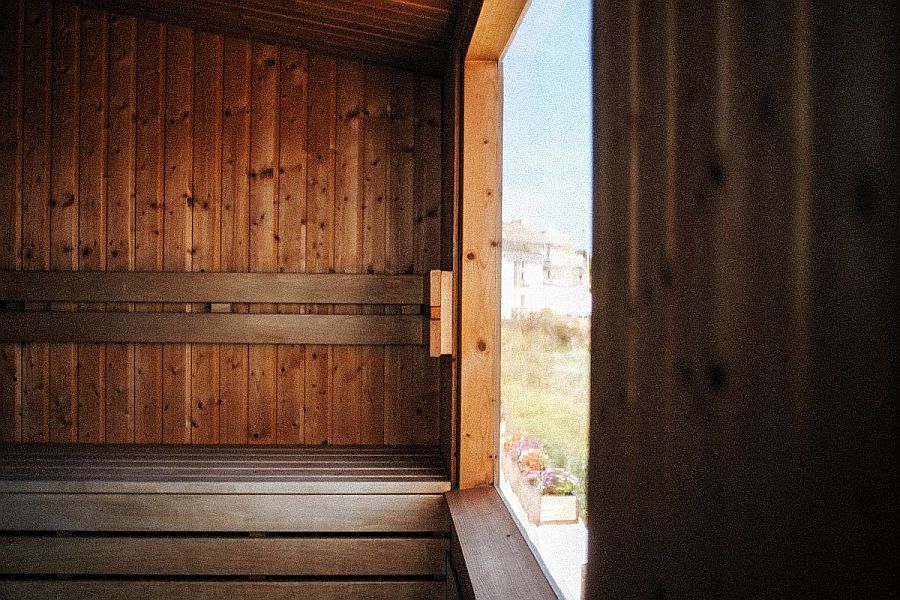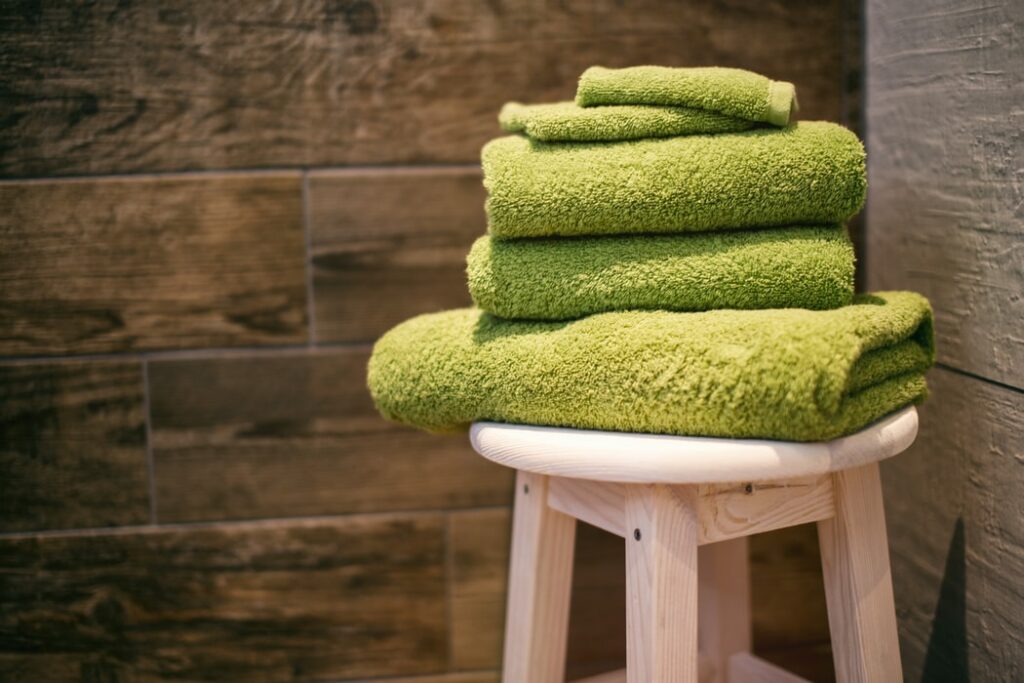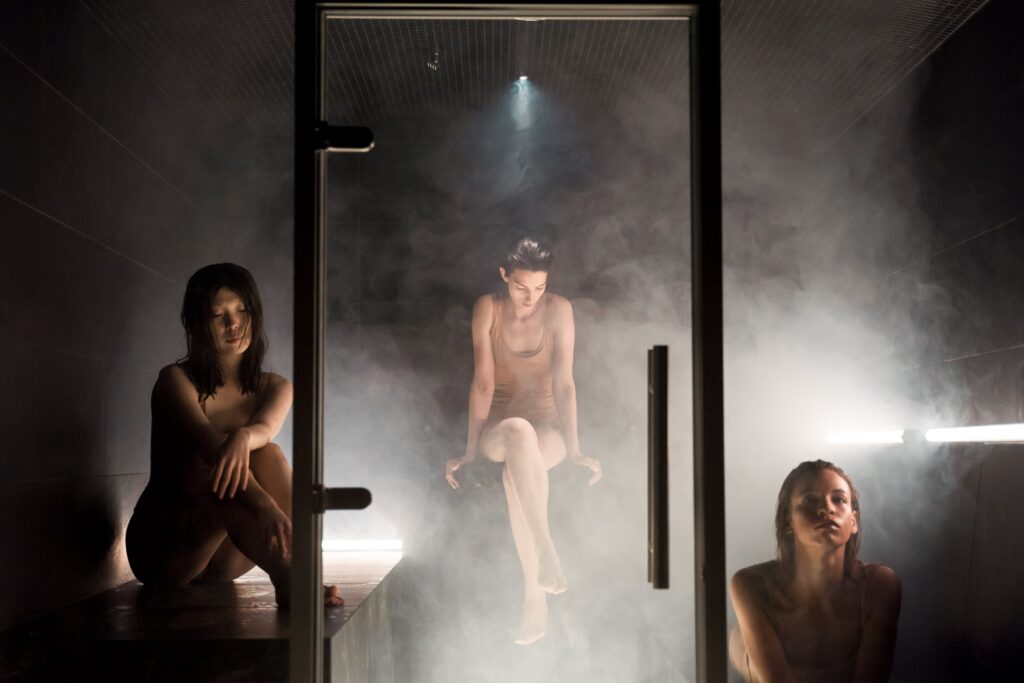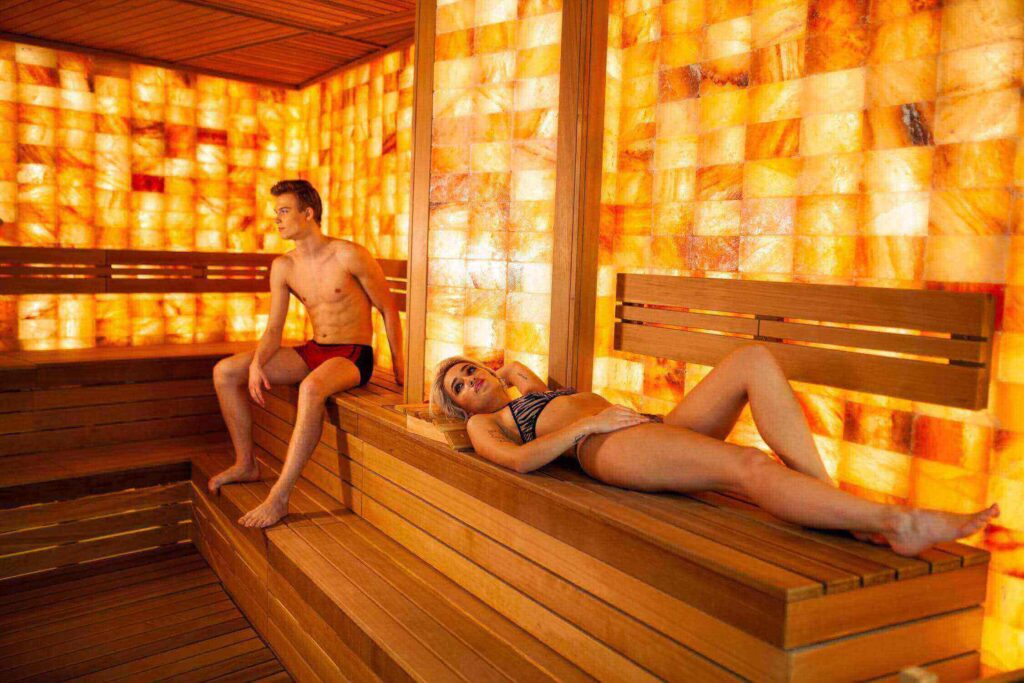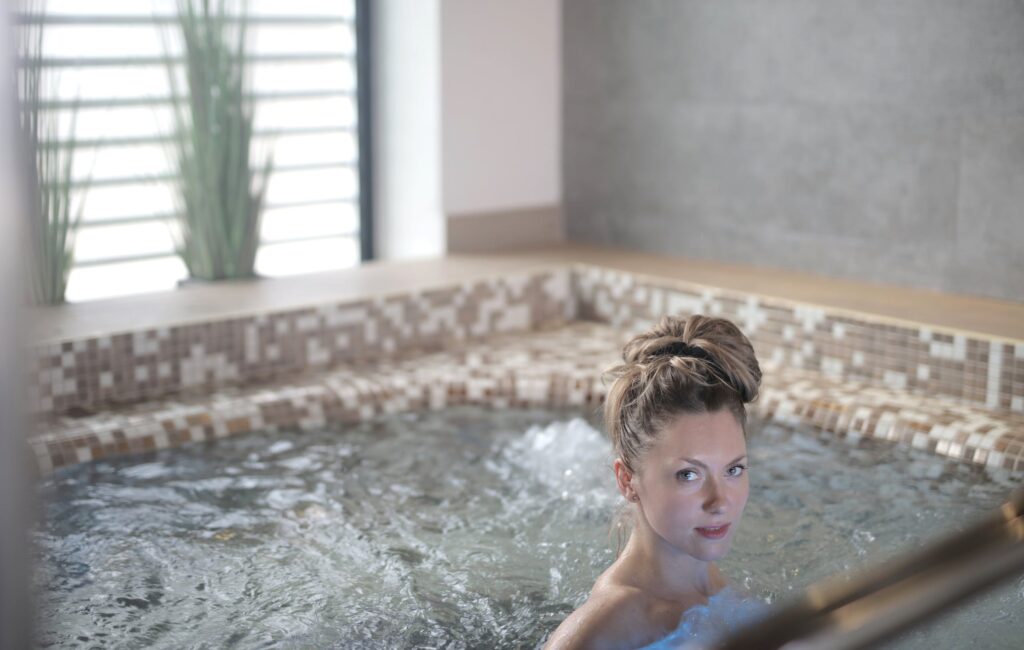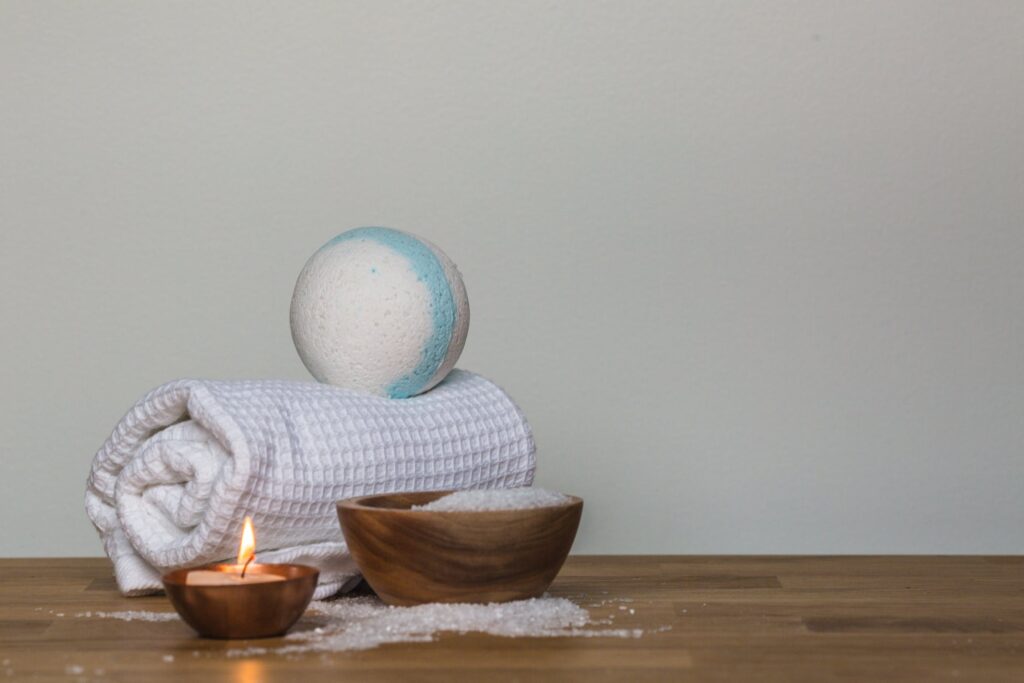Have winter's shorter, darker days ever made you feel down in the dumps? It's not just you. Do you ever ponder the cause of such occurrences? If so, you will learn about Seasonal Affective Disorder (SAD), a fascinating condition. Our state of mind shifts with the seasons. But what is seasonal affective disorder, and how does it impact us? Hold on tight because the causes of the winter blues are about to be exposed.
SAD, or Seasonal Affective Disorder, is a type of depression that occurs at specific times of the year. This condition, which is most common in the fall and winter months, causes affected people to feel low in energy, irritable, and depressed. These depressive symptoms are triggered by hormonal imbalances caused by the disruption of our internal biological clock caused by the lack of natural sunlight during these months. According to experts, about 7% of the population is severely affected by SAD, and many more may experience milder symptoms. Now that we've introduced the concept of SAD let's explore its signs, causes, and potential treatments in further depth.
The ability to resist the consequences of SAD depends on our understanding of its intricacies. Several methods exist for reducing SAD symptoms, such as light therapy and alterations to one's way of life. However, these approaches could be better; what helps one person may not help another. How do you find your way around all these obstacles?
Don't let the short days and cold winter weather get you down. Understanding SAD is the first step towards a better, more well-informed tomorrow. But keep in mind that learning is only the first step.
Recognising The Symptoms Of Sad
Many people experience a distinct difference in mood and energy as the days become shorter and the weather gets colder. Seasonal affective disorder (SAD) is a common name for this condition. Seasonal affective disorder (SAD) is a form of depression that tends to surface in the wintertime. Many people throughout the world experience significant drops in mood during the winter. This blog investigates what causes Seasonal Affective Disorder (SAD), how it affects people's emotions, and what may be done to alleviate its symptoms.
Seasonal Affective Disorder (SAD) is a kind of significant depression characterised by cyclical episodes of depression in the fall and winter that often lift by the following spring and summer. Some people, albeit statistically unlikely, have seasonal affective disorder oppositely, with symptoms developing in the warmer months.
The Effects of Cold Weather on Emotional Stability
Several elements associated with the winter season have been linked to the onset of seasonal affective disorder (SAD). Reducing time spent in natural light interrupts our circadian rhythm and alters serotonin production, a key neurotransmitter in mood regulation. Decreased exposure to sunlight also reduces vitamin D levels, which is linked to improved mood. Individuals may feel tired, irritable, and more prone to depression due to this confluence of variables.
Winter Depression Coping Strategies
The good news is that there are several methods people can use to deal with SAD and lessen its effects on their mental health. Listed below are some helpful hints:
- Light Therapy: Light therapy is frequently suggested as a treatment for SAD. Exposed to a unique lightbox that simulates sunlight in intensity. Daily lightbox use, often for 30 minutes first thing in the morning, has improved sleep patterns and mood. If getting a lightbox is out of the question, you can get the same effect by spending 30 minutes in the morning outside. Exposure to natural light is helpful in the treatment of seasonal affective disorder.
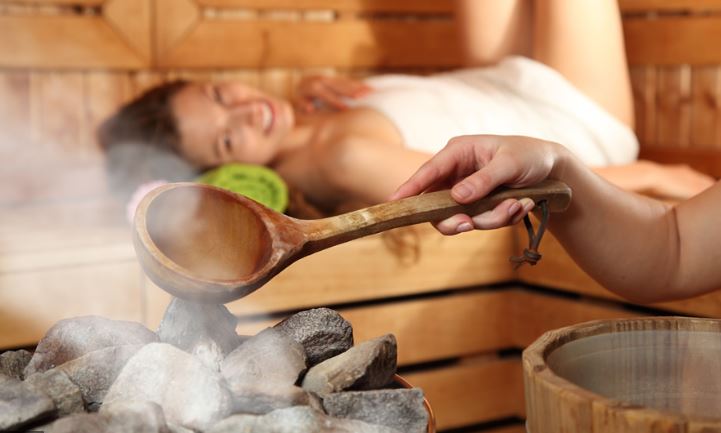
- Get Outdoors and Seek Natural Light: It's important to get some daylight outdoor time regardless of the temperature, even if it is chilly. Put on warm clothes and spend some time outside doing something you enjoy. Even on overcast days, spending time in natural light can improve one's disposition and energise one.
- Maintain a Healthy Routine: Developing and maintaining a regular daily schedule is important in managing seasonal affective disorder. Maintaining a healthy routine of sleep, exercise, and eating healthily will help keep serotonin levels stable and improve your mood. Eat plenty of fresh produce, healthy grains, and lean proteins. Do something active that you enjoy, like yoga, dancing, or indoor workouts, to increase your energy and happiness levels.
- Practice Self-Care: Combating the winter blues can be aided by engaging in activities encouraging relaxation and self-care. Schedule some time for things that bring you joy and peace of mind, such as reading, writing in a diary, engaging in mindfulness or meditation, soaking in a hot bath, or pursuing a creative hobby. Make self-care a top priority and a consistent element of your schedule.
- Seek Social Support: Social isolation can worsen SAD symptoms. Therefore, it's important to stay connected with others. Make plans to get out with people you care about or join a club or organisation that shares your passions. Communicating your innermost thoughts and experiences to others might help you feel less isolated and more supported.
- Consider Professional Help: Seek medical attention immediately if your symptoms persist or adversely impact your daily life. Psychologists and psychiatrists, for example, might prescribe medication and other therapies to aid patients with seasonal affective disorder (SAD). They can tailor solutions to your requirements and help you return to health.
What Are Seasonal Affective Disorder Treatments?
Therapists generally believe light therapy is the best and safest treatment for SAD. Light treatment for SAD is frequently regarded as the safest and quickest approach to shake the symptoms of this seasonal depression. However, there are drug-based choices and cognitive-behavioural therapy procedures that can be done as well.
You may be wondering how exactly light therapy functions. What about just going outdoors and standing there longer? Or, can I get the help I need without visiting a hospital or clinic? Although getting sun exposure, especially in the form of UVB rays, can boost your body's ability to produce vitamin D, doing so also raises your chance of developing skin cancer. Therefore, this activity should be carried out with restraint. If you need access to light treatment equipment and little time on your hands, visiting a doctor's office isn't a practical alternative. Most people will benefit greatly from time in a sauna equipped with chromotherapy lighting. This is often regarded as an effective method for treating SAD and associated symptoms.
How Can a Sauna Help?
Some of the best saunas on the market now have lighting systems built specifically to promote relaxation and healing. Using coloured light to alter one's mood is known as chromotherapy and is an effective treatment for seasonal affective disorder (SAD). Infrared saunas equipped with LED colour lights can be of great use to those suffering from SAD, so if this describes you or a loved one, make time to visit one. There are distinct physiological and psychological responses associated with each colour.
- Red: Combined with infrared sauna therapy, it has been shown to increase energy and speed up healing.
- Orange: Increases focus and concentration and, in some cases, happy feelings.
- Yellow: Proven to stimulate sentiments of joy, hope, and humour.
- Green: One of the most effective light therapy colours for treating SAD, as its calming benefits are felt almost immediately, and it works directly to alleviate some of the disorder's negative symptoms.
- Blue: Reduces the effects of stress and sadness. Exposure to blue light can enhance the skin's appearance and health.
- Purple: Produces a soothing effect, which may reduce some of the discomfort you're experiencing. The calming nature of purple has been shown to increase the formation of white blood cells.
- White: White light is a healing trifecta since it combines red, green, and blue.
Don't put up with SAD any longer if you realise it's affecting your life. Infrared saunas combined with chromotherapy can help alleviate symptoms of SAD and boost your general sense of well-being quickly. Spending time in the warm, cosy confines of an infrared sauna is a practical and rational notion, what with that and the vast list of other health benefits associated with regular sauna use.
Boost in Mood
Lack of exposure to sunshine has been related to seasonal affective disorder (SAD), which can cause serotonin and melatonin levels to become unbalanced. Infrared sauna use regularly has been linked to a more stable mood and greater psychological health.
Stress Reduction

The infrared rays from a sauna help you unwind by suppressing your body's synthesis of the stress hormone cortisol and releasing feel-good endorphins. These saunas are useful for those with seasonal affective disorder (SAD) because they relax the body and the psyche.
Enhanced Circulation
Improved blood flow has been linked to infrared sauna use. The brain, like other tissues, benefits from greater blood flow because it delivers oxygen and nutrients more efficiently. The mental fog that is so common in those with SAD may be dispelled by increased blood flow to the brain.
Better Sleep Quality
Insomnia or excessive sleepiness may develop due to seasonal affective disorder (SAD). A better balance of serotonin and melatonin, two chemicals important in sleep regulation, may be facilitated by infrared sauna use. As a result, you might fall asleep more easily and wake up feeling refreshed.
How a Sauna Sweat May Help with SAD Symptoms?
Natural and soothing, far infrared rays are indistinguishable from our sun's beams (sans the dangerous UV component). When light enters the eye and is processed by the retina, it gives the impression that you have been exposed to sunlight for several hours.
Feeling the warmth, stimulation, and relaxation of the infrared rays is quite similar to basking in the summer sun, and just like the sun, infrared rays cause the body to produce natural yet effective quantities of serotonin. One of the most potent feel-good chemicals in the brain is serotonin. Therefore, a rise in serotonin signifies an improvement in mood and happiness (it's part of our secret to naturally inducing euphoria).
It's also fantastic for relieving the soreness and stiffness that might develop in the muscles during the cold, harsh winter months. In addition, it works deep under the skin to eliminate toxins contributing to weariness. Increasing collagen production, evening out skin tone, and strengthening elasticity gives your skin a healthy, radiant appearance that belies the season.
What Role Does Sunlight Play?
The serotonin the brain produces, which controls anxiety, happiness, and mood, decreases as sunshine decreases. Our internal 24-hour biological clock, or circadian rhythm, is thrown off by the time shift. Muscle weakness, increased pain sensitivity, and less endurance have all been linked to lower vitamin D levels resulting from less exposure to sunlight. Sadness, anxiety, lack of motivation, social disengagement, increased napping, carbohydrate cravings, and weight gain are just some of the impacts of seasonal affective disorder (SAD), ranging from mild reactions to destabilising symptoms.
FAQs About Sauna
Exposure to certain types of light, including infrared light, can help regulate the body's internal clock (circadian rhythm). Using an infrared sauna may help reset circadian rhythms, which can be disrupted in people with SAD.
Infrared saunas are generally considered safe for most people. However, individuals with certain medical conditions, such as cardiovascular issues or skin sensitivities, should consult a healthcare professional before using saunas.
The frequency of sauna use varies among individuals. Some people may benefit from using an infrared sauna a few times a week, while others might find relief with less frequent sessions. It's important to listen to your body and not overdo it.
Infrared saunas should not be considered a sole treatment for SAD. They can be used as a complementary therapy alongside other treatments, such as light therapy, psychotherapy, and medication, as recommended by a healthcare provider.
Aside from potential mood improvement, infrared saunas might also help with relaxation, stress reduction, improved sleep quality, and enhanced overall well-being, all of which can indirectly contribute to managing SAD.
Conclusion
Seasonal Affective Disorder, or SAD, is a type of sadness that happens at certain times of the year, like in the fall and winter. It starts when hormones get out of whack because there isn't enough natural sunshine during these months. SAD affects about 7% of the population very badly, and many more may have fewer symptoms. Understanding SAD is the first step towards a better, more well-informed tomorrow.
SAD is a serious form of sadness that happens in the winter, with cycles of depression in the fall and winter that usually go away in the spring and summer after that. The effects of cold weather on mental stability include less time spent in natural light, a change in our circadian rhythm, a change in serotonin production, and a drop in vitamin D levels.
Several things can be done to deal with SAD and lessen the effects it has on mental health. Light treatment, like using a lightbox that mimics sunlight, can help people sleep better and feel better about themselves. Getting outside and looking for natural light can also help reduce the effects of SAD.
Keeping a healthy habit, like getting enough sleep, working out, and eating well, can help keep serotonin levels up and boost mood. Doing things that make you happy and calm your mind can also help fight the effects of SAD. Getting help from friends and family and going to a doctor if symptoms keep coming back or interfere with daily life can help relieve symptoms and get people back to health.
Seasonal Affective Disorder (SAD) is a common and serious mental health condition that can be treated with light therapy, which is a safe and effective way to manage symptoms. For people with SAD, infrared saunas with chromotherapy lights can be especially helpful. Using infrared saunas with LED lights can give you more energy, speed up your healing, and make your body and mind react in different ways.
Some of the best colours for light treatment to treat SAD are red, orange, yellow, green, blue, purple, and white light. These lights can help ease the effects of SAD and make you feel better all around. Infrared saunas can also help you relax, get better circulation, and sleep better.
Infrared rays from the sun can also help with SAD symptoms by telling the body to make more serotonin, a powerful chemical in the brain that makes you feel good. This serotonin is important for mood and happiness, and it can also help relieve sore and stiff muscles in the winter. Infrared rays can also help with the tone, elasticity, and production of collagen in the face.
Sunlight affects how much serotonin is made in the brain. Serotonin is a chemical that affects happiness, worry, and mood. Less time in the sun can make muscles weaker, make them more sensitive to pain, and make them less able to handle pain. It can also cause sadness, anxiety, lack of drive, social withdrawal, more naps, carbohydrate cravings, and weight gain. In conclusion, light therapy and chromotherapy are both successful ways to treat SAD and other symptoms that are related to it.
Content Summary
- Seasonal Affective Disorder (SAD) affects mood during winter's shorter, darker days.
- SAD is a type of depression occurring at specific times of the year.
- Most common during fall and winter, SAD causes low energy and depression.
- SAD is triggered by hormonal imbalances from lack of sunlight.
- Around 7% of the population is severely affected by SAD.
- Many more people may experience milder SAD symptoms.
- Understanding SAD can lead to better-informed decisions.
- Recognising the symptoms of SAD is crucial for management.
- Many people worldwide experience mood drops in winter due to SAD.
- SAD is characterised by cyclical depression episodes in colder months.
- Some, though rare, experience SAD during warmer months.
- The winter season can disrupt our circadian rhythm, affecting mood.
- Reduced sunlight alters serotonin production, which is crucial for mood regulation.
- Decreased sunlight also diminishes vitamin D, which is linked to mood improvement.
- Multiple strategies exist to manage and reduce SAD symptoms.
- Light therapy is a recommended treatment for SAD.
- Using a lightbox simulating sunlight can improve sleep and mood.
- Spending time outdoors, even in cold weather, can help manage SAD.
- Maintaining a consistent routine stabilises serotonin and improves mood.
- Self-care activities like reading and meditation can combat winter blues.
- Social support can alleviate symptoms as isolation worsens SAD.
- Persistent or severe SAD symptoms might require professional intervention.
- Therapists often regard light therapy as the best SAD treatment.
- Exposure to UVB rays can boost vitamin D but increases skin cancer risk.
- Chromotherapy, using coloured light, is effective for SAD treatment.
- Infrared saunas with LED colour lights can benefit SAD sufferers.
- Different colours induce distinct physiological and psychological responses.
- For example, green light offers immediate calming benefits for SAD.
- Infrared saunas combined with chromotherapy can quickly alleviate SAD symptoms.
- Regular sauna use offers numerous health benefits.
- SAD is linked to imbalances in serotonin and melatonin from lack of sunlight.
- Regular infrared sauna use correlates with stable moods and better mental health.
- Infrared rays release endorphins, reducing cortisol and relaxing the body.
- Improved blood flow, linked to infrared saunas, can combat SAD-induced mental fog.
- SAD can cause insomnia, but infrared saunas may improve sleep quality.
- Far infrared rays mimic sunlight, helping produce serotonin.
- These rays make users feel as if they've basked in the summer sun for hours.
- Sauna sessions can also relieve muscle soreness from cold winter months.
- Infrared rays also promote skin health, giving it a radiant appearance.
- Decreased sunlight results in reduced brain serotonin, affecting mood.
- The circadian rhythm gets disrupted with the time shift.
- Lower vitamin D levels from reduced sunlight can cause muscle weakness.
- SAD symptoms range from sadness to weight gain.
- The condition is closely tied to the lack of sunlight during winter.
- A major challenge is finding the right SAD treatment method.
- Sunlight plays a vital role in mood regulation through serotonin production.
- Reduced daylight time affects our emotional stability.
- Despite its prevalence, SAD can be managed with the right interventions.
- The symptoms and intensity of SAD vary among individuals.
- The right combination of therapies and interventions can help SAD sufferers find relief.

